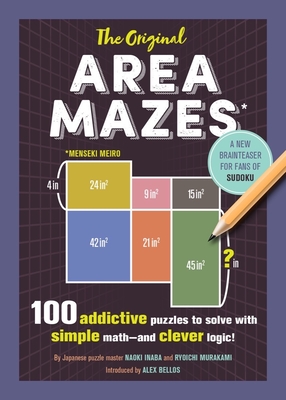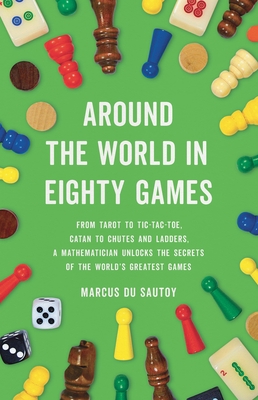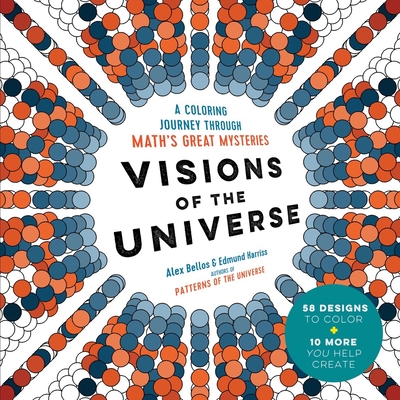
The Big Puzzle Book of Area Mazes: 300 Mind-Bending Math Puzzles in Five Challenge Levels (Original Area Mazes)
Description
Stretch your brain up, down, and sideways with addictive area mazes!
Introducing a new puzzle obsession for sodoku lovers . . . amazing, absorbing area mazes.
First invented for gifted students, area mazes blend grade-school math with genius logic. Put down that calculator! You can always find "?" using simple, whole numbers, your wits—and a pencil.
Already hooked on area mazes? Venture into the third dimension with 100 3D puzzles, included here for the first time by creator Naoki Inaba.
With 300 perplexing problems in all, The Big Puzzle Book of Area Mazes offers hours of brain-building fun, from scratching your head to shouting "aha"!
Praise for The Big Puzzle Book of Area Mazes: 300 Mind-Bending Math Puzzles in Five Challenge Levels (Original Area Mazes)
Praise for the Area Mazes series
"Naoki Inaba has invented the perfect puzzle. Enjoy!
— Alex Bellos
Addictive.
— BoingBoing
The only math you’ll need to know is that length times width equals area.
— FiveThirtyEight
The 100 maze puzzles use nothing more than the area of a rectangle in their solutions and are broken into five levels of difficulty, making them useful for working with a diverse group of students with different mathematical backgrounds.
— The National Council of Teachers of Mathematics



